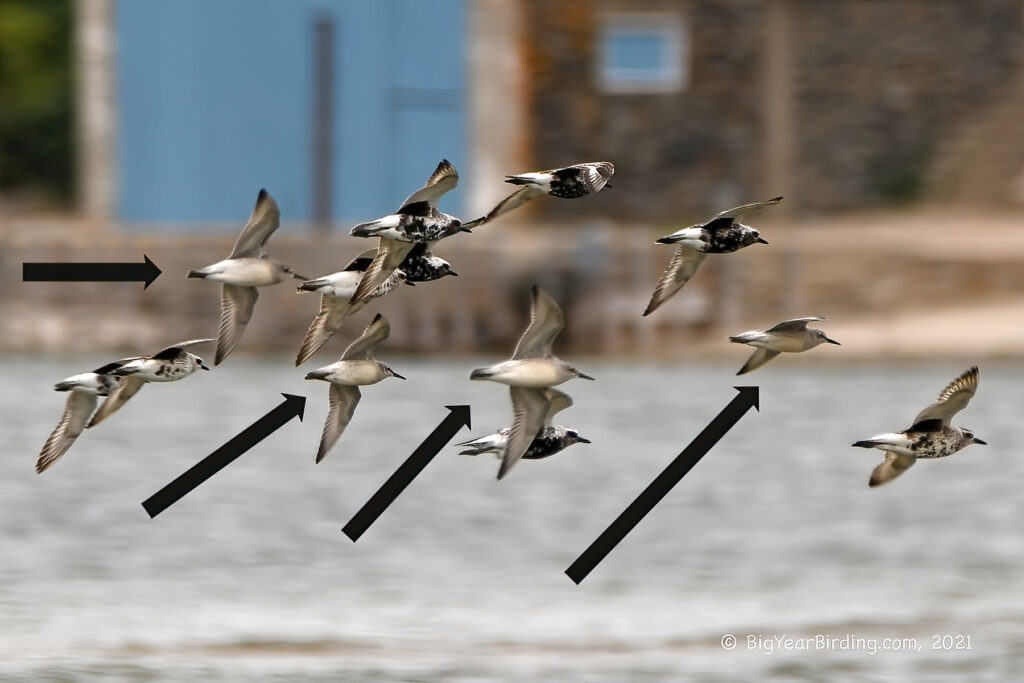The Red Knot is a medium-sized shorebird that breeds in the Arctic tundra and migrates to the southern hemisphere for the winter. It has a length of about 9-10 inches and a wingspan of around 20 inches. Adult Red Knots weigh between 3.5-5.3 ounces, with males usually being slightly larger than females.

The Red Knot has several distinguishing field marks that make it easily recognizable. During the breeding season, the bird has a brick-red face and breast, which gives it its name. Its back and wings are a mottled brown color with black markings, and its underparts are white. In non-breeding plumage, the Red Knot’s face and breast are pale gray, and its back and wings are a more uniform gray-brown.
One of the most remarkable aspects of the Red Knot’s biology is its long-distance migration. The species breeds in the Arctic tundra of North America, Europe, and Asia and migrates to the southern hemisphere for the winter. The birds travel incredible distances, with some individuals flying more than 9,300 miles from their breeding grounds in the Canadian Arctic to Tierra del Fuego at the southern tip of South America. Along the way, the birds stop to rest and feed on beaches and mudflats in North and South America.
The Red Knot’s migration is an impressive feat of endurance and navigation, and the species faces numerous threats along the way. Habitat loss, climate change, pollution, and hunting are all major threats to the Red Knot’s survival. As a result, the species has been designated as a “Bird of Conservation Concern” by the U.S. Fish and Wildlife Service.

Efforts to conserve the Red Knot and its habitat are ongoing, and conservation organizations around the world are working to protect the species and its vital migration routes. Despite these efforts, the Red Knot remains a species of concern, and continued conservation efforts will be necessary to ensure its survival.

